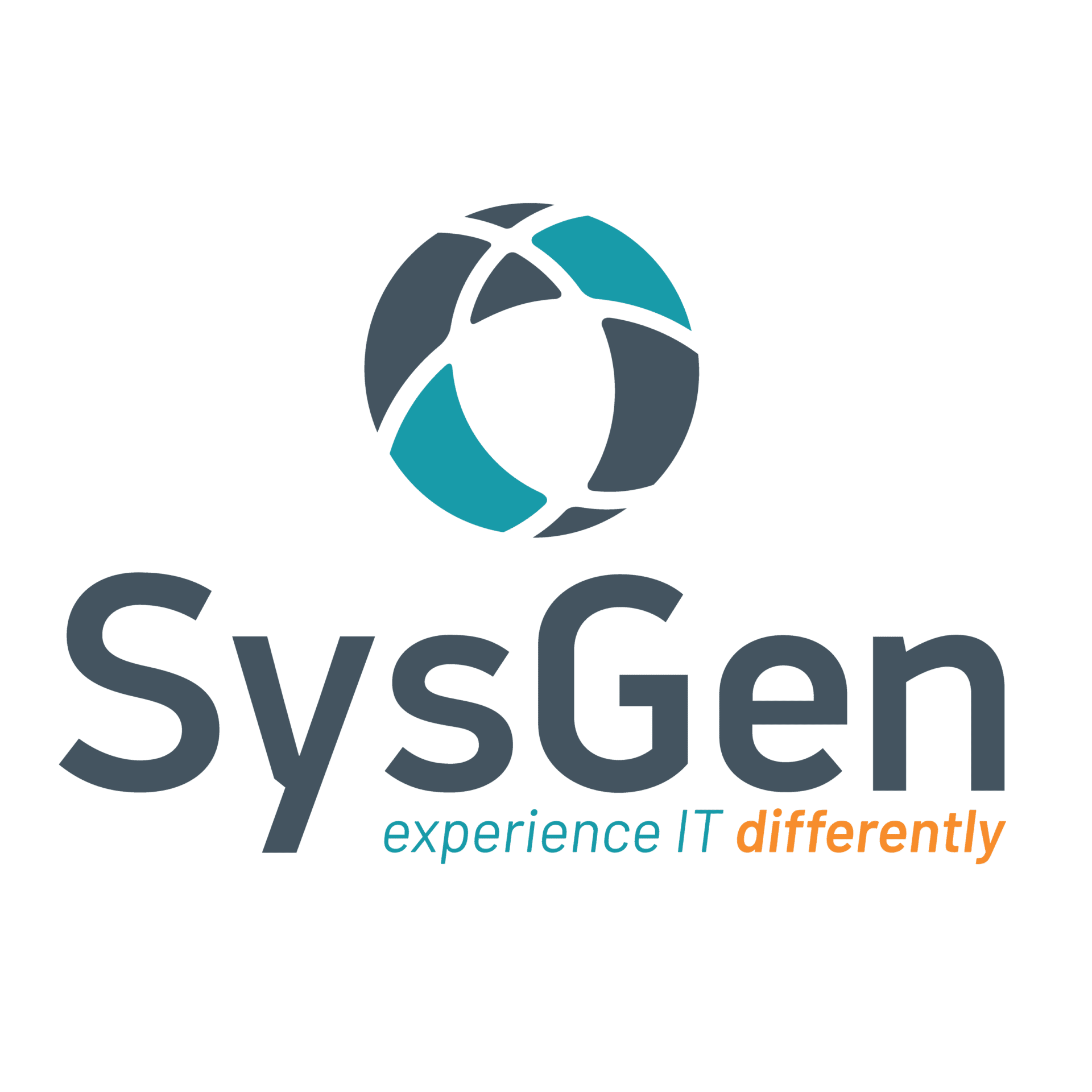What would you do if you lost all your data?
With many changes to our daily lives including the way we work and how we work, backing up important data can get missed. It can seem like the last thing on your technology list. However, data best practices for working from home are important to follow. According to the Canadian government, 84% of Canadians own a computer and 88% of Canadians own a mobile phone. However, only one in four people (25%) run regular backups of the data on these devices.
What is a backup?
A backup is a second copy of all your important files — for example, your photos, videos, documents, and emails. Instead of storing it all in one place (like your computer), you keep another copy of everything somewhere safe.
Why is backup important?
Losing files is more common than you think. One hundred and thirteen phones are stolen every minute and twenty-nine percent of disasters are caused by an accident. Think about spilling coffee or water on your laptop – a simple incident that wipes the data from your device, creating significant headaches, and probably heartache. It’s important to follow data best practices for working from home so that losing files doesn’t become a reality.
Here are some simple items to consider to ensure you have an appropriate backup solution in place.
1. Decide What to Backup
– Your entire computer
– A specific folder
2. Decide Where to Backup
– External hard drives
– USB memory sticks, flash drives, media cards
– Online backup or cloud storage
– Network storage
3. Decide How to Backup
– Manual backup
– Folder synchronization
– Scheduled backup software
3-2-1 Backup Rule
Whatever your choices above, it is important to follow the 3-2-1 rule for backups. The 3-2-1 backup strategy states that you should have three copies of your data (your production data and 2 backup copies) on two different media (disk and tape) with one copy off-site for disaster recovery.
Importantly, it is important to encrypt your backups to keep them secure and run test restores often. By encrypting the data, it is translated into another form or code, so that only people with access to a secret key (formally called a decryption key) or password can read it.
If your company doesn’t have a centralized way to do so such as RDS or cloud storage, working from home has altered the way our data is stored and accessed. Ensure that the work you’re doing at home isn’t lost or compromised by following the three steps above and encrypting the backups.
SysGen Solutions Group
Talk to the SysGen team today to learn more about backup plans for your work from home environments and business continuity. To discuss SysGen’s managed IT services and support in Calgary, Red Deer, Edmonton, Vernon, and Kelowna, connect with us here.
Contact Us To Find Out More


